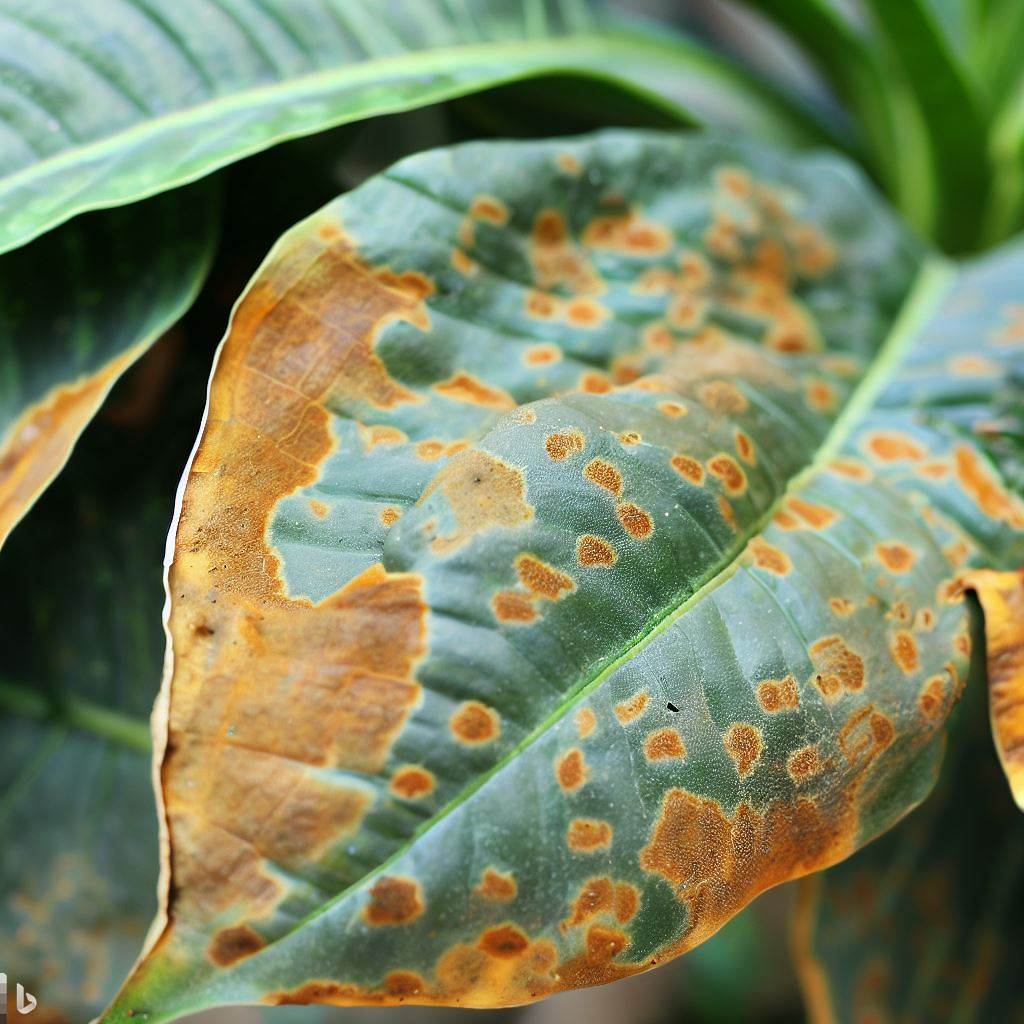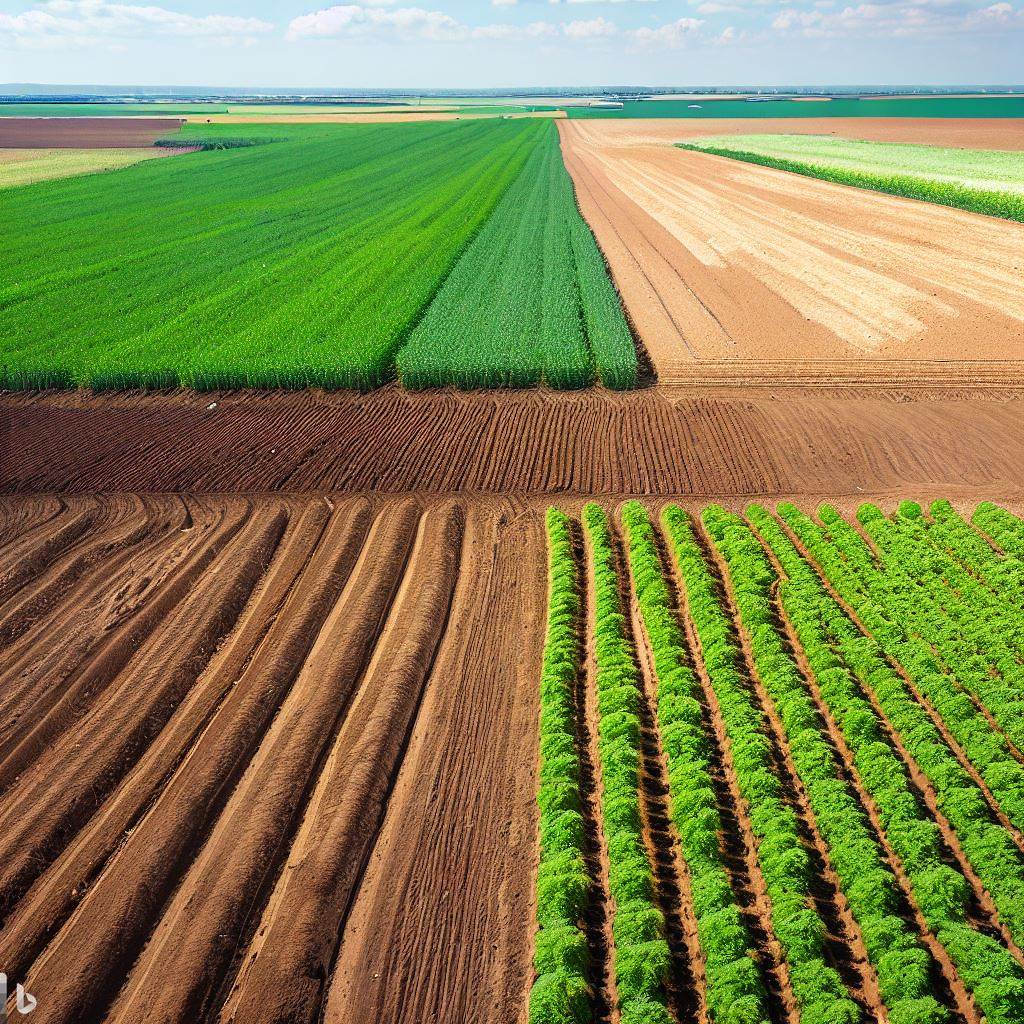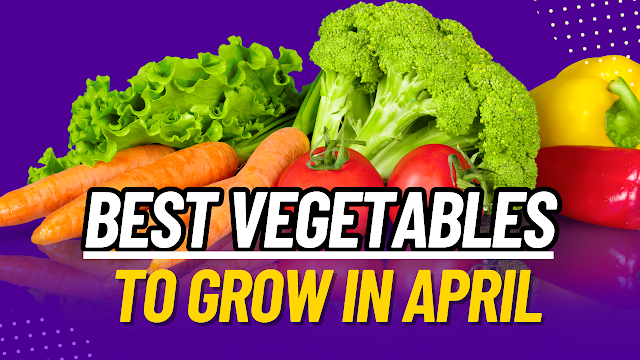Introduction:
Gardening can be a rewarding activity, but like humans and animals, plants are susceptible to various diseases. If left untreated, plant diseases can growth. Good gardener always recognize the symptoms of plant diseases, understand their causes, and implement various measures to prevent and manage them.
Understanding Plant Diseases:
1. What Are Plant Diseases?

Plant diseases are happen by pathogens like fungi, bacteria, viruses. These pathogens attack plants, disturb their normal function and cause many health problems. Further, environmental factors such as temperature, humidity can accelerate plant diseases.
2. Causes of Plant Diseases:
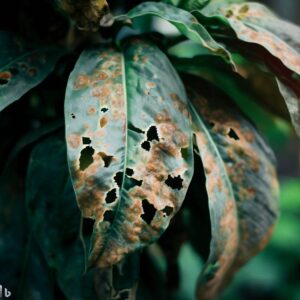
Fungal Infections: Fungi are the most common culprits behind plant diseases, causing issues like powdery mildew, rust, and blight.
Bacterial Infections: Bacteria can infect plants through wounds or natural openings, causing diseases such as bacterial leaf spot and canker.
Viral Diseases: Viruses spread through infected plant sap or insect vectors, leading to diseases like mosaic and yellowing.
Nematode Infestations: Nematodes are microscopic worms that attack plant roots, causing wilting and nutrient deficiencies.
3. Common Types of Plant Diseases:
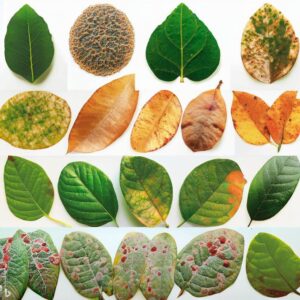
Powdery Mildew:
A white, powdery substance on leaves and stems, inhibiting photosynthesis.
Blight:
Rapid wilting and death of plant tissues, common in tomatoes and potatoes.
Rust:
Orange or reddish pustules on leaves, weakening the plant’s health.
Identifying Plant Diseases:
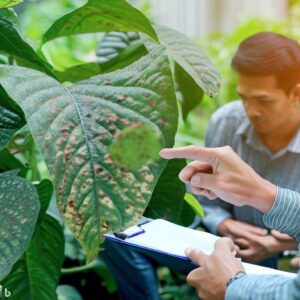
1. Visual Symptoms:
To identify plant diseases, closely observe your plants for any unusual signs. Look for wilting, yellowing leaves, spots, lesions, or abnormal growth patterns. These visual symptoms can provide valuable insights into the type of disease affecting your plants.
2. Laboratory Testing:
For challenging cases, consider sending samples to a plant pathology laboratory. Experts can analyze the samples and determine the exact pathogen responsible for the disease, helping you make informed decisions for treatment.
3. Seeking Professional Advice:
If you are uncertain about a plant disease, consult a local horticulturist or agricultural extension office. Their expertise can assist in accurate identification and recommend suitable treatments.
Preventing Plant Diseases:

1. Maintaining Good Plant Health:
Healthy plants are less susceptible to diseases. Ensure proper nutrition, sunlight, and airflow for your garden.
2. Proper Watering Techniques:
Avoid overwatering, as it creates favorable conditions for disease development. Instead, water at the base of plants in the morning.
3. Crop Rotation and Soil Management:
Rotate crops each season to reduce pathogen build-up in the soil. Use organic matter to improve soil health and fertility.
4. Using Disease-Resistant Varieties:
Choose plant varieties that are naturally resistant to common diseases prevalent in your area.
5. Practicing Integrated Pest Management (IPM):
Implement IPM strategies to control pests and reduce the risk of diseases. This approach minimizes the use of harmful chemicals.
Treating Plant Diseases:
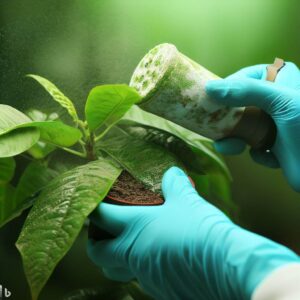
1. Organic Remedies:
Organic treatments include neem oil, garlic spray, and copper-based solutions, which can effectively combat certain plant diseases without harming beneficial insects.
2. Chemical Treatments:
In severe cases, chemical fungicides or bactericides may be necessary. Always follow instructions carefully and avoid excessive use.
The Impact of Plant Diseases:
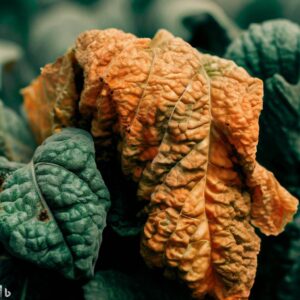
1. Economic Losses:
Plant diseases can lead to significant economic losses for farmers and horticulturists. Crop failure and reduced yields can affect food production and availability.
2. Environmental Impact:
Chemical treatments and unsustainable farming practices can harm the environment, polluting soil and water resources.
Future Perspectives and Research:

Researchers continue to explore innovative ways to manage plant diseases sustainably. From developing disease-resistant crops through genetic engineering to employing precision farming techniques, ongoing research promises a greener and healthier future for agriculture.
Conclusion:
Maintaining a healthy garden requires vigilance and proactive measures to combat plant diseases. By understanding the causes and identifying symptoms promptly, you can implement effective prevention and treatment strategies. Embrace eco-friendly practices to protect the environment while safeguarding your beloved plants. Remember, a thriving garden brings not only beauty but also a sense of fulfillment and connection to nature.
FAQs:
Can I prevent plant diseases entirely?
While it’s challenging to prevent all diseases, following good gardening practices significantly reduces the risk.
Should I remove infected plants from my garden?
Yes, removing infected plants prevents the spread of diseases to healthy ones.
Can I use homemade remedies for plant diseases?
Yes, organic remedies like neem oil and garlic spray can be effective against certain plant diseases.
How can I contribute to sustainable agriculture?
Support sustainable farming practices and choose organic produce to promote environmentally friendly agriculture.

